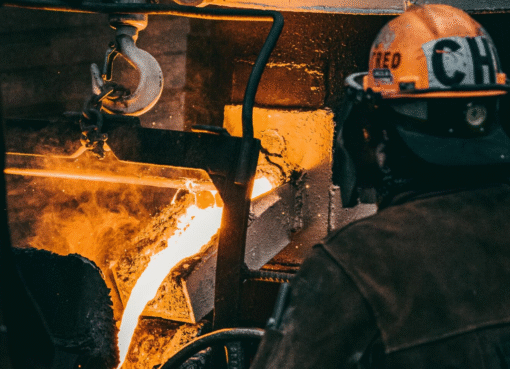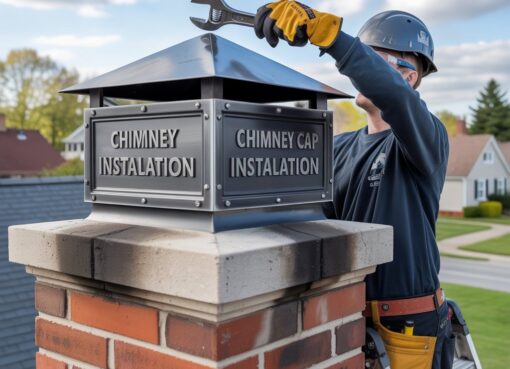The Ultimate Guide to Tree Pruning: Boost Tree Health & Landscape Beauty
Tree pruning is the process of selectively trimming and removing specific parts of a tree — like branches, buds, or roots — to improve the tree’s structure, health, and appearance. Think of it like giving your tree a haircut, but way more important than just looks.
Why Tree Pruning is Important
Just like regular exercise keeps you fit, pruning helps trees stay strong and healthy. It prevents decay, removes hazards, and encourages better growth. Pruned trees live longer, look better, and pose fewer risks to you and your property.
🌟 Benefits of Pruning Trees
Enhances Tree Health
By removing dead, diseased, or insect-infested limbs, you prevent the spread of decay and help the tree direct nutrients to healthier parts.
Improves Safety Around Property
Overhanging limbs near your home, power lines, or walkways can become dangerous, especially during storms. Pruning keeps things safe and secure.
Aesthetic Appeal and Landscape Design
Well-pruned trees add structure and elegance to your garden. It’s like nature’s architecture, giving your landscape that polished, clean look.
Increases Sunlight and Air Circulation
Removing unnecessary branches allows more sunlight and airflow through the tree — great for the tree and your garden beds below.
✂️ Types of Tree Pruning
Crown Cleaning
This involves removing dead or dying branches, diseased limbs, and crossing branches to clean up the tree’s crown.
Crown Thinning
Selective removal of branches to allow better light penetration and reduce wind resistance — like decluttering the tree’s interior.
Crown Raising
Removing lower branches to clear space for pedestrians, vehicles, or views. It’s especially useful for trees near roads or buildings.
Crown Reduction
Trimming back the top or sides to reduce the overall size of the tree. Perfect for managing overly large trees in confined spaces.
Deadwooding
Removing dead or broken limbs to prevent falling hazards and improve overall health.
📅 Best Time to Prune Trees
Seasonal Pruning Guide
-
Winter (Dormant Pruning) – Ideal for most trees. Encourages vigorous growth in spring.
-
Spring – Good for pruning flowering trees after blooms fade.
-
Summer – Best for slowing growth or correcting minor flaws.
-
Fall – Usually avoided due to increased vulnerability to diseases.
Tree Species Considerations
Different trees have different needs. For example, oaks should never be pruned in spring due to oak wilt, while fruit trees benefit from late winter pruning.
🛠 Tools Required for Tree Pruning
Hand Tools
-
Pruning shears (for small branches)
-
Loppers (for medium branches)
-
Hand saws (for thicker limbs)
Power Tools
-
Pole saws
-
Electric pruners
-
Chainsaws (only for professionals)
Safety Gear
-
Gloves
-
Safety glasses
-
Hard hat
-
Harness (for elevated pruning)
💡 DIY vs Professional Tree Pruning
When You Can Do It Yourself
-
Small trees
-
Low-hanging branches
-
Basic shaping
When to Call a Professional Arborist
-
Large or tall trees
-
Near power lines
-
Diseased or unstable trees
-
If you’re unsure — always better safe than sorry!
🪚 Step-by-Step Tree Pruning Process
Planning the Cuts
Start with a visual assessment. Identify branches that are:
-
Dead or diseased
-
Crossing or rubbing
-
Growing inward
Making Clean, Correct Cuts
Cut just outside the branch collar (the swollen area where the branch meets the trunk). Never leave stubs!
Post-Pruning Care
Remove debris, check for signs of stress, and water your tree if needed. Avoid using wound dressings unless recommended.
❌ Common Pruning Mistakes to Avoid
Over-pruning
Removing too much weakens the tree and invites disease. Never remove more than 25% of a tree’s canopy in one season.
Topping Trees
This is when the top of the tree is cut off — a huge no-no. It leads to weak regrowth and can eventually kill the tree.
Improper Cut Angles
Always cut at the right spot — not too close, not too far. Flush cuts and stubs both cause harm.
💲 Tree Pruning Costs & Budgeting
Average Cost Breakdown
-
Small trees: $75–$250
-
Medium trees: $250–$500
-
Large trees: $500–$1,500+
Factors Affecting Price
-
Tree size and species
-
Accessibility
-
Emergency service needs
-
Location and regional pricing
📜 Tree Pruning Laws & Local Guidelines
Some cities require permits for tree pruning or have protected tree ordinances. Always check with your local municipality before starting major work.
🌳 Tree Pruning for Specific Tree Types
Fruit Trees
Need regular pruning for better fruit production. Remove suckers and shape for airflow.
Flowering Trees
Timing is everything. Prune after blooms fade to avoid cutting off next season’s flowers.
Evergreen Trees
Minimal pruning is needed. Remove only dead or damaged branches unless shaping is required.
🚩 Signs Your Tree Needs Pruning
-
Dead or dying branches
-
Branches touching power lines or roofs
-
Dense, overgrown canopy
-
Misshaped or unbalanced growth
-
Sucker growth at the base
🌍 Environmental Impact of Proper Pruning
Healthy trees contribute to cleaner air, cooler spaces, and better ecosystems. Proper pruning enhances these benefits, making your landscape not just beautiful — but sustainable.
🔚 Conclusion
Tree pruning isn’t just a chore — it’s an investment in the health, safety, and beauty of your environment. Whether you do it yourself or hire a pro, understanding the ins and outs of tree pruning can save money, prevent hazards, and help your trees thrive for decades.
❓ FAQs
Q1: How often should trees be pruned?
Most trees benefit from pruning every 1–3 years, depending on the species and growth rate.
Q2: Is it OK to prune trees in summer?
Yes, especially for light shaping or slowing growth. Just avoid major cuts during extreme heat.
Q3: What’s the difference between pruning and trimming?
Pruning is for health and structure. Trimming is more for shaping and appearance.
Q4: Can pruning kill a tree?
Improper pruning can stress or even kill a tree. That’s why it’s crucial to do it correctly or hire an expert.
Q5: Do I need a permit to prune my tree?
In some areas, yes — especially for protected species or street trees. Always check with local regulations.







Leave a Comment